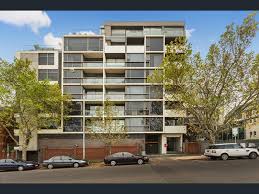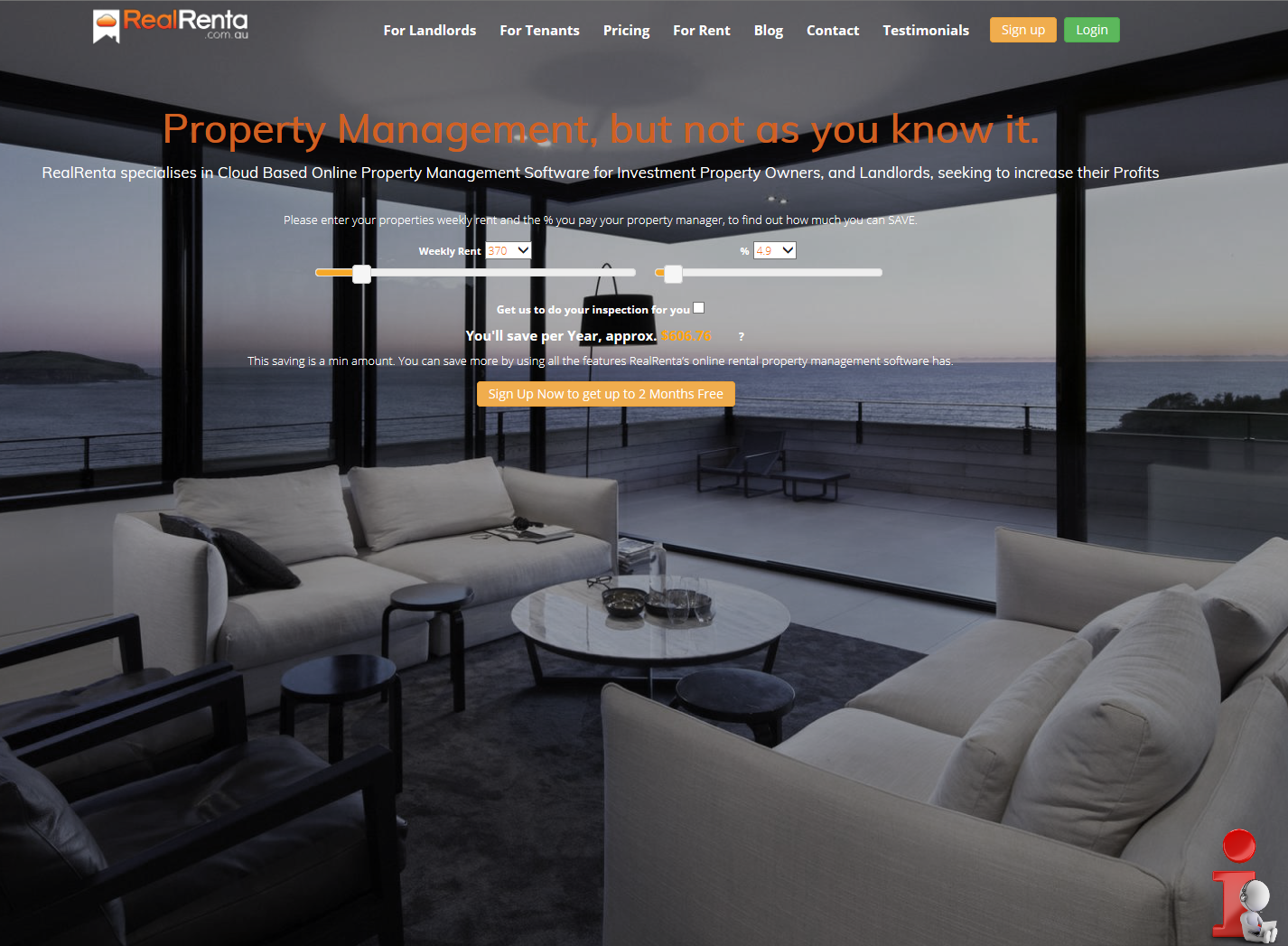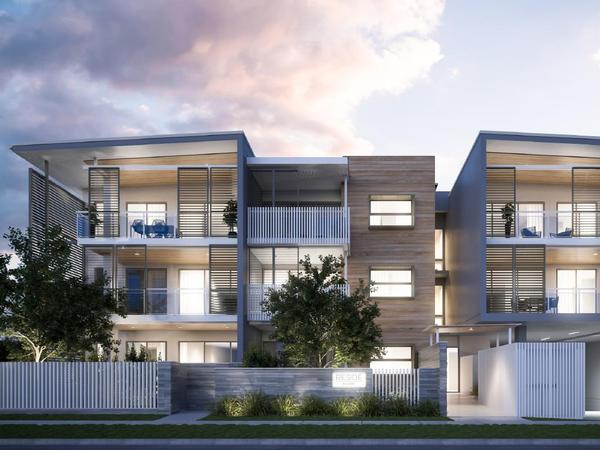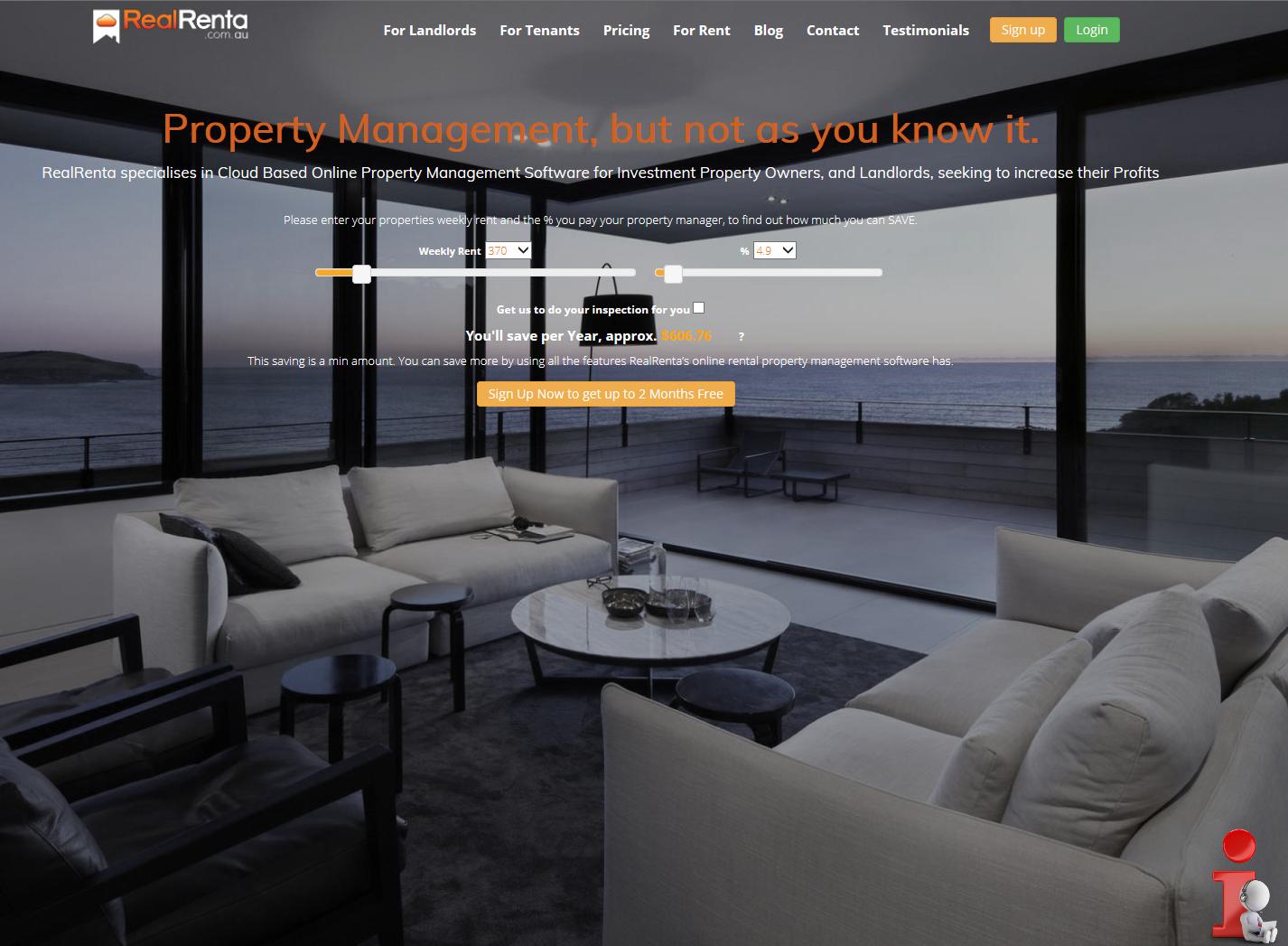
The best ways to learn about developing property are to read about it, enrol in some course and speak to established and successful property developers.
Select reputable courses and Beware of property spruikers who promise the world and deliver very little
You may also wish to consider becoming a member of the Urban Development Institute of Australia, the industry body for residential property developers.
Once you’ve gained some knowledge, it is time to start looking at where to buy land.
Once you have settled on the suburb (macro-location), consider the micro-location. Is the block of land in a nice street? Is it close to shops and transport? If you’re building for families, is it close to schools?
Before you purchase the land, you need to become familiar with the local council’s rules and regulations as they will generally be the body that will grant or refuse your Development Approval (DA).
Also consider zoning regulations and you need to be aware that every council has a different set of documents.
Borrowing money to fund a development is quite different to borrowing money to buy and hold an investment property.
The interest rate is higher – commonly 1% to 2% higher than a typical home loan.
Secondly, the Loan to Value Ratio LVR) is not as generous as it is when buying well located residential property.
Banks will often lend up to 95% of the value of the property you wish to purchase.
When it comes to property development, the bank will lend you approximately 70% of the value of the land and 70% of the value of the construction costs.
Generally residential property investors don’t need to concern themselves with GST but as soon as you get involved in developing property, GST may be payable.
However, you may be able to minimise your GST by utilising the “margin scheme”.
Speak to your accountant about this.
For more information about minimising your Residential Property Management costs, use RealRenta for Free for up to 2 Months and never Pay High Residential Property Management Costs again!














